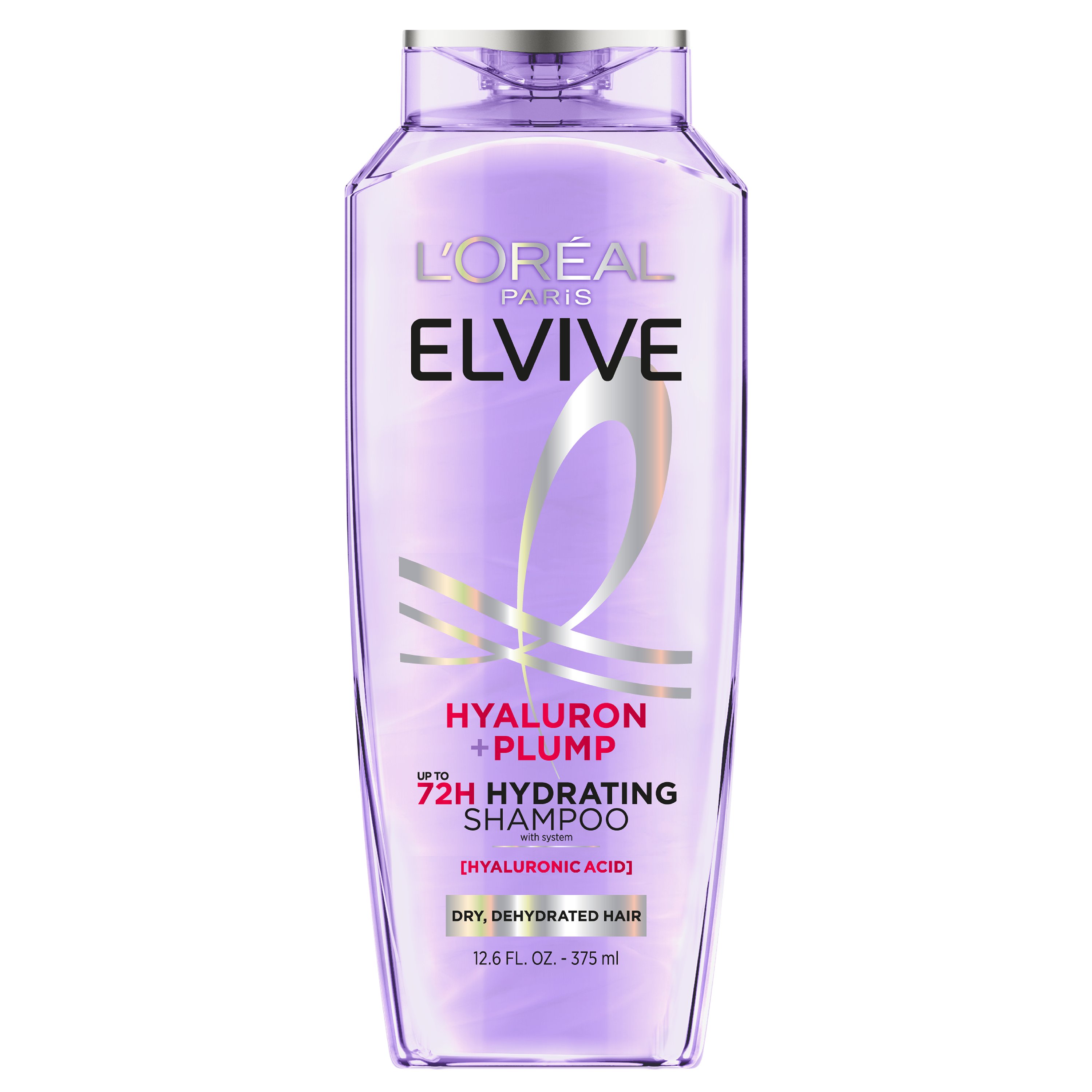With each passing year, the presence of gray hair can become more prevalent, igniting a fervent debate about the myriad solutions available to combat this natural occurrence. Among the plethora of remedies touted in advertisements and social media, the concept of shampoo that can magically turn gray hair back to its original hue has caught the attention—and curiosity—of many. So, let’s dive into the compelling question: Is this phenomenon fact or merely a myth?
The allure of reversing gray hair is not new; it’s been romantically portrayed in films and literature as a sign of youthful vitality. As time marches on, hair follicles produce less melanin, the pigment responsible for color, leading to the slow encroachment of gray. The quest for a solution is driven by a desire not just to reclaim color but to rejuvenate one’s confidence and self-image.
At the core of the inquiry lies the science of hair pigmentation. Human hair gets its color from melanin, which comes in various forms—eumelanin, responsible for black and brown shades; and pheomelanin, which lends itself to red and yellow tones. When hair transitions to gray or white, it is often due to a reduction in melanin production. Therefore, any product claiming to restore blackness must first grapple with the underlying biological processes.
Enter the realm of hair care products, where claims can sometimes stretch the truth. Numerous brands have emerged, touting shampoos infused with “natural” ingredients that promise to revive color and defy age. Ingredients such as black seed oil, henna, and even caffeine have been reported to encourage hair pigmentation. Interestingly, there are underlying truths that suggest certain elements might support healthier hair, but claims of returning hair to a previous shade are often exaggerated.
So, what should one expect from these products? Upon closer examination, the role of these shampoos is, more often than not, limited. Some products contain temporary dyes that coat the hair shaft, which can give the illusion of fuller, darker hair, but this effect washes out after a few shampoos. It’s akin to using a colored conditioner—helpful for camouflage but not a true solution.
The notion of “permanent” solutions does exist, though they typically lean towards chemical treatments such as hair dyes rather than shampoos. Semi-permanent and permanent hair dyes may provide longer-lasting effects, albeit requiring a more involved application process that many may find daunting. For those resistant to chemical solutions, the world of natural dyes offers an organic alternative—think henna or indigo, which can imbue hair with rich, darker tones without the same chemical exposure.
Another approach worth discussing is the nutritional angle. Diet plays a crucial role in overall hair health, and some researchers posit that deficiencies in certain vitamins and minerals could exacerbate premature graying. Biotin, Vitamins A, C, D, E, and minerals like copper and zinc all contribute positively to hair health. While they may not directly turn gray hair back to black, they may delay the process of graying by providing the body with essential nutrients. So, incorporating a variety of these nutrients could support your hair from within.
Transitioning to psychological factors, the obsession with reversing gray hair also taps into deeper cultural narratives concerning youth and beauty. As society continually champions youthful appearances, the emotional impact of gray hair can affect self-esteem and identity. Many individuals possess a strong attachment to the color of their hair as it holds personal significance and can symbolize vitality, which is why the marketing of gray-hair-correcting products can so easily prey on insecurities.
The conversation also delves into the science of expectation versus reality. Consumers should approach such products with a critical mindset. When potential buyers see claims of transforming gray to black, it’s vital to parse through the marketing jargon. Are these products genuinely offering a transformative change, or are they simply optimizing appearance through superficial means? If you’re intrigued by a specific shampoo, read reviews, seek testimonials, and approach with an open, yet skeptical, mind.
Moreover, there lies another fascinating aspect to explore: the natural process of aging. For many, embracing gray hair can accelerate a journey towards self-acceptance and confidence. Perhaps it’s time to shift the narrative; rather than continue the quest for products solely aimed at masking age signs, why not celebrate them? Gray hair can be a symbol of wisdom, representing experiences woven into each strand—a badge of honor in the tapestry of life.
In conclusion, while the idea of shampoo that turns gray hair black tantalizes the imagination and speaks to societal desires for reversal of aging, the reality is layered with complexities. Most shampoos on the market do not possess the magical qualities advertised; instead, they can provide temporary solutions at best. Exploring dye alternatives, embracing dietary modifications, and fostering a positive attitude towards aging could offer more satisfying revelations than a mere bottle ever could. Ultimately, the journey of hair through time should be embraced as part of the unique narrative that is life, rather than a battle against it.

